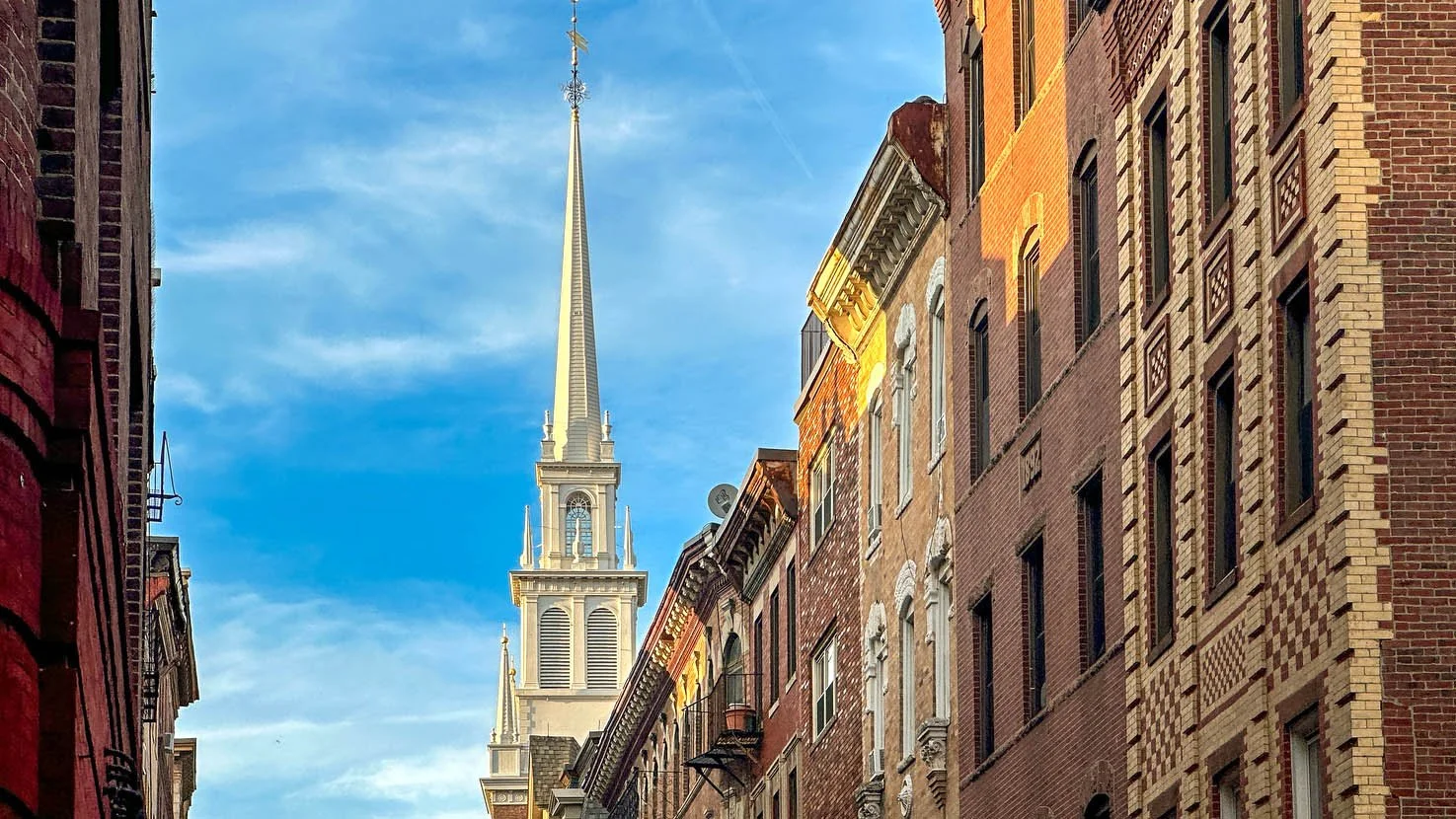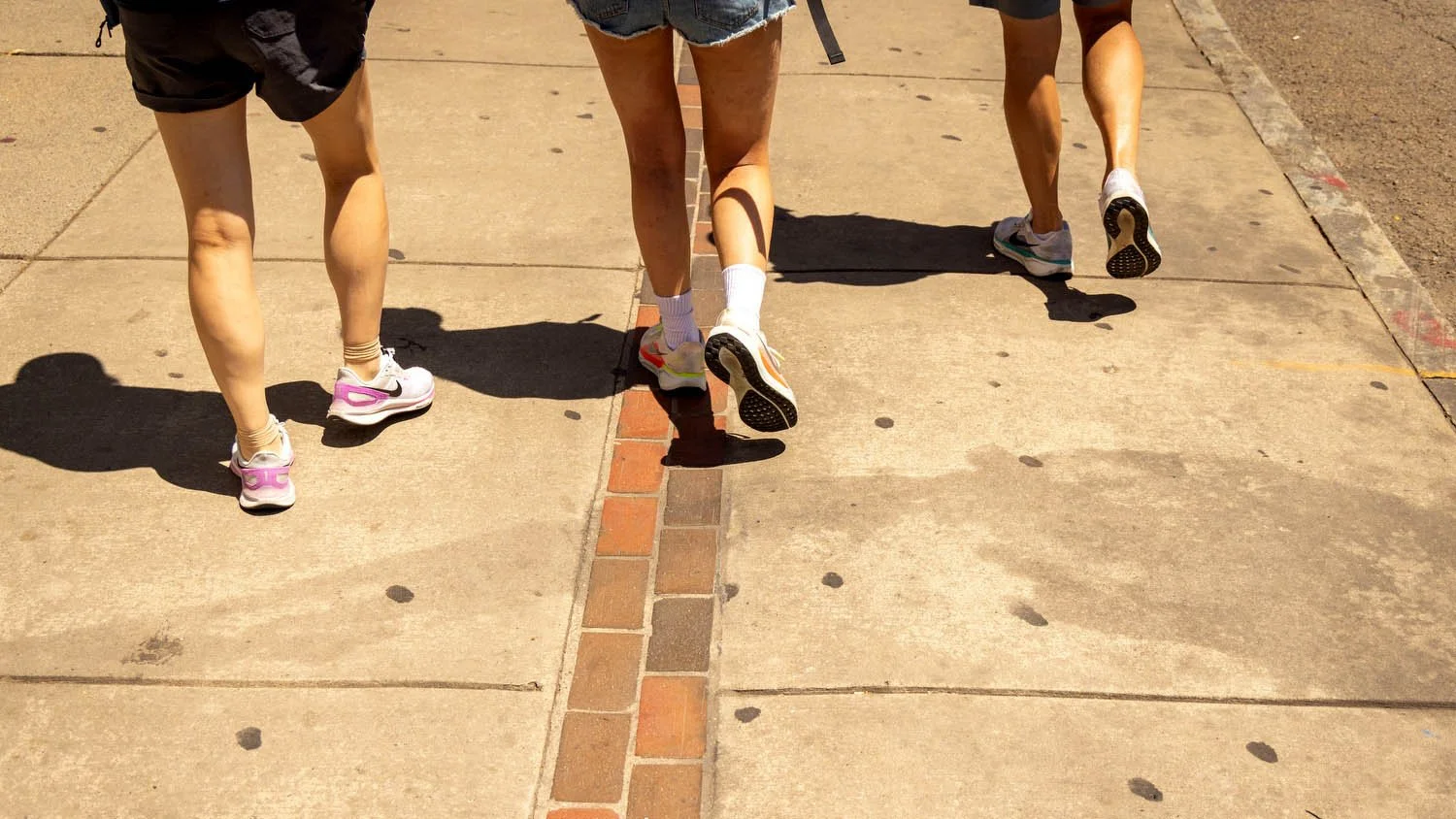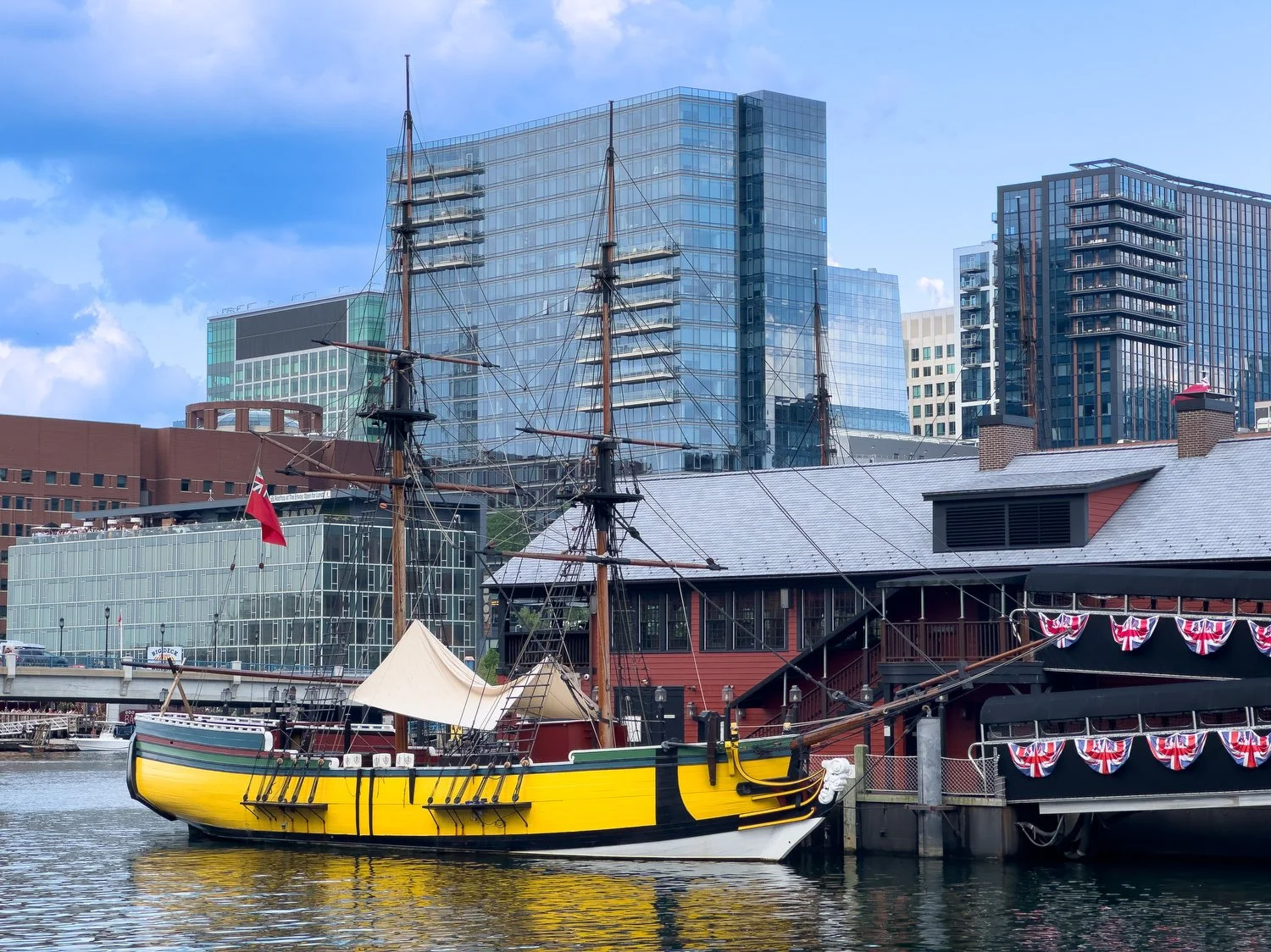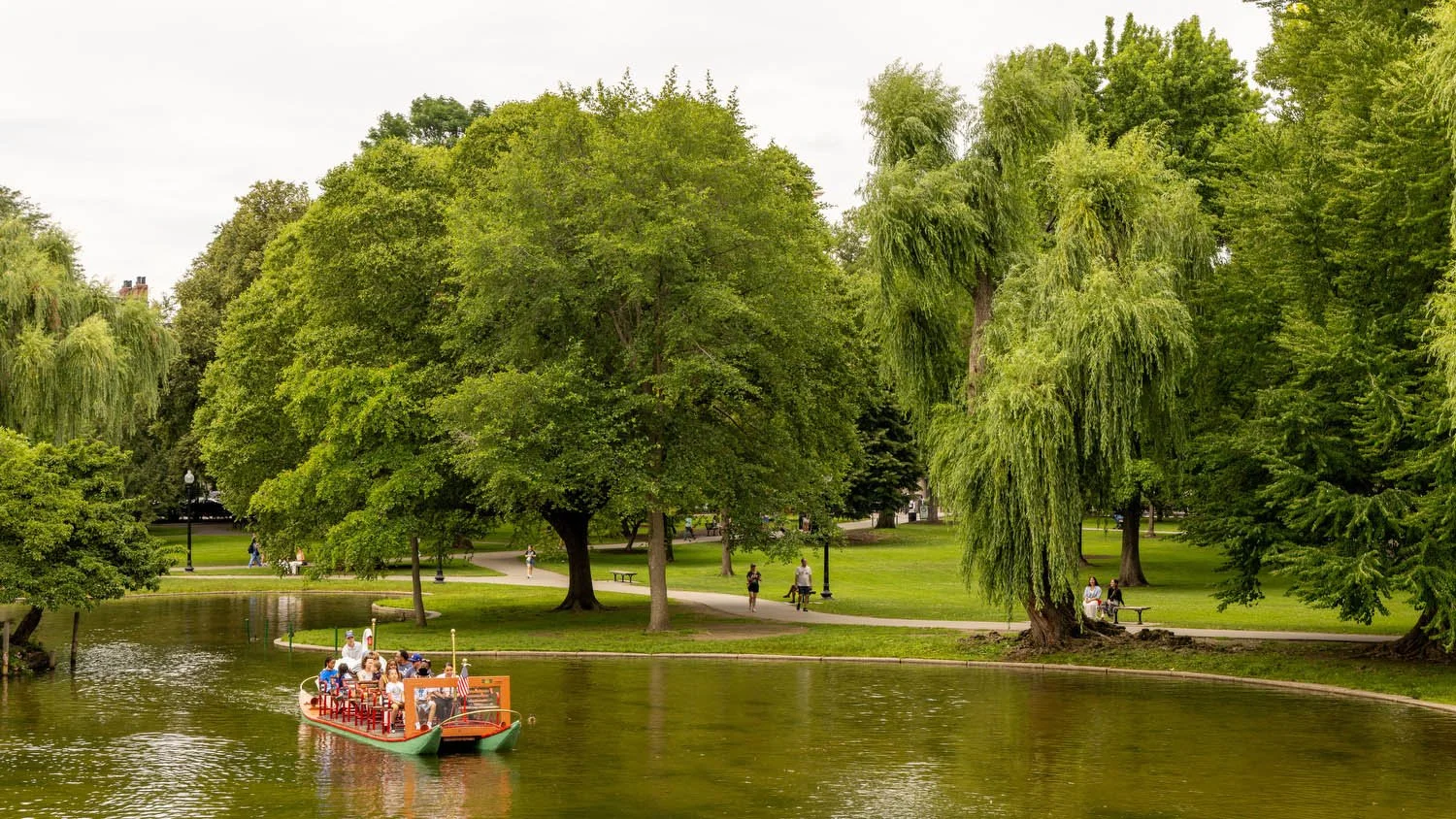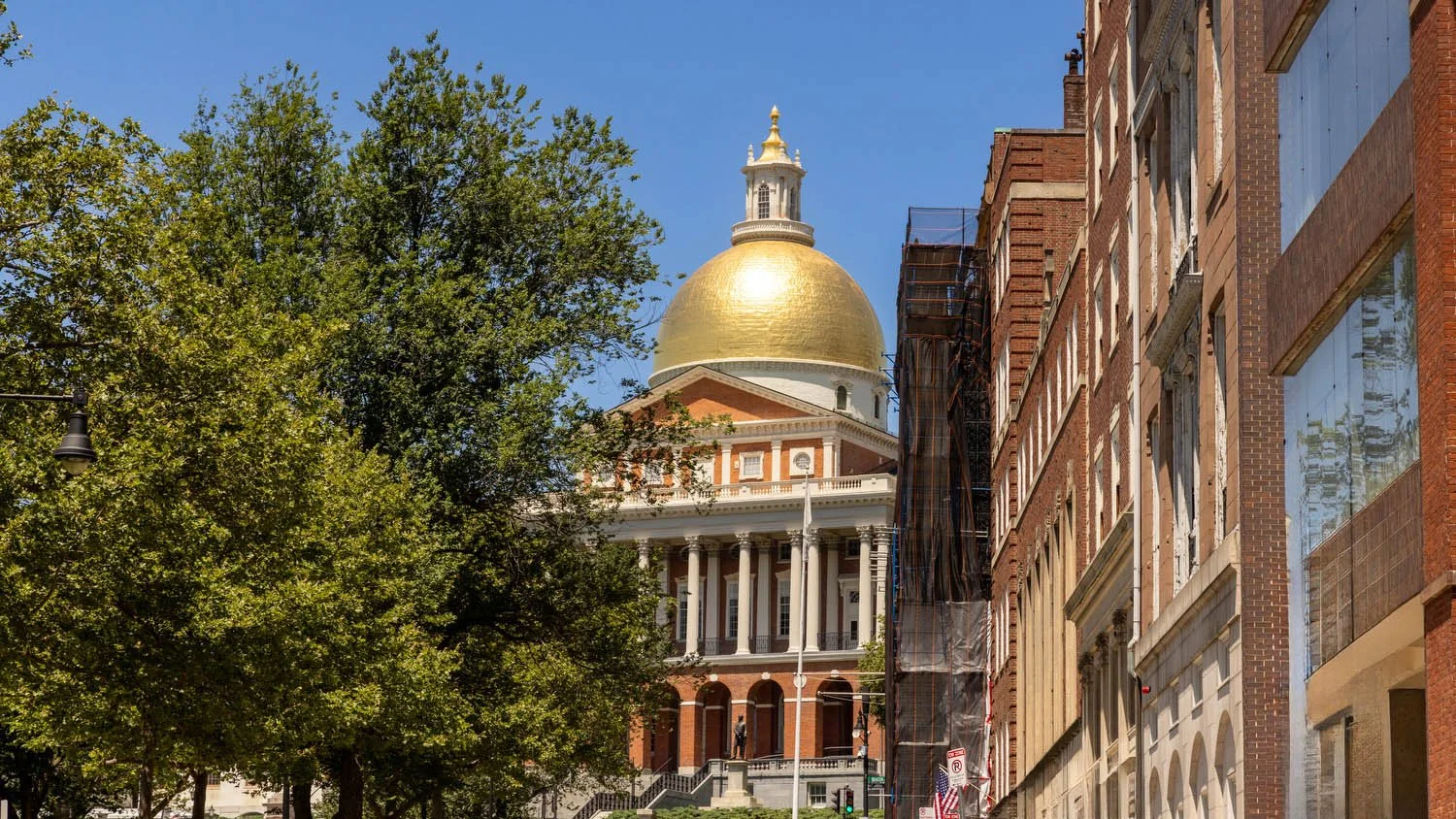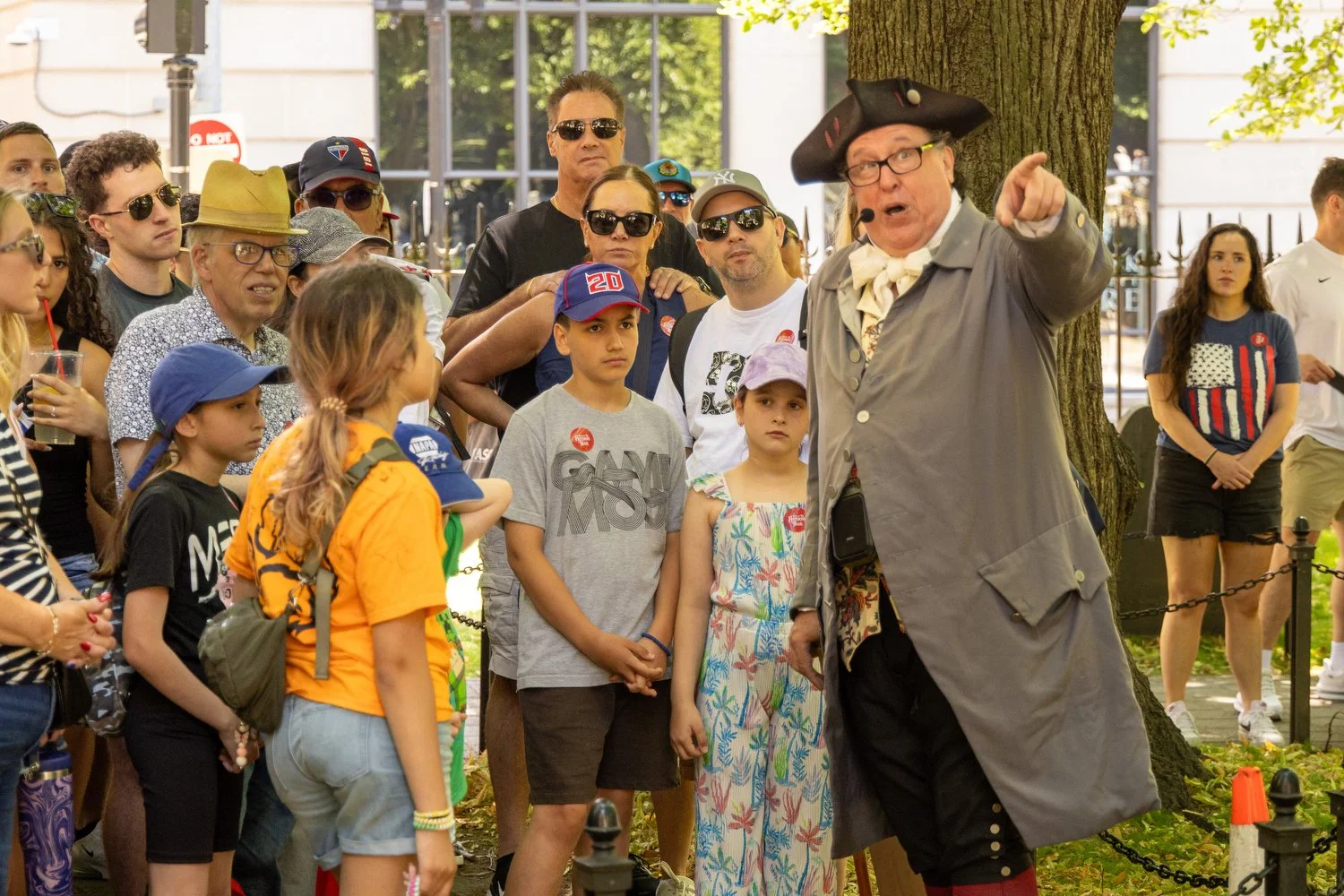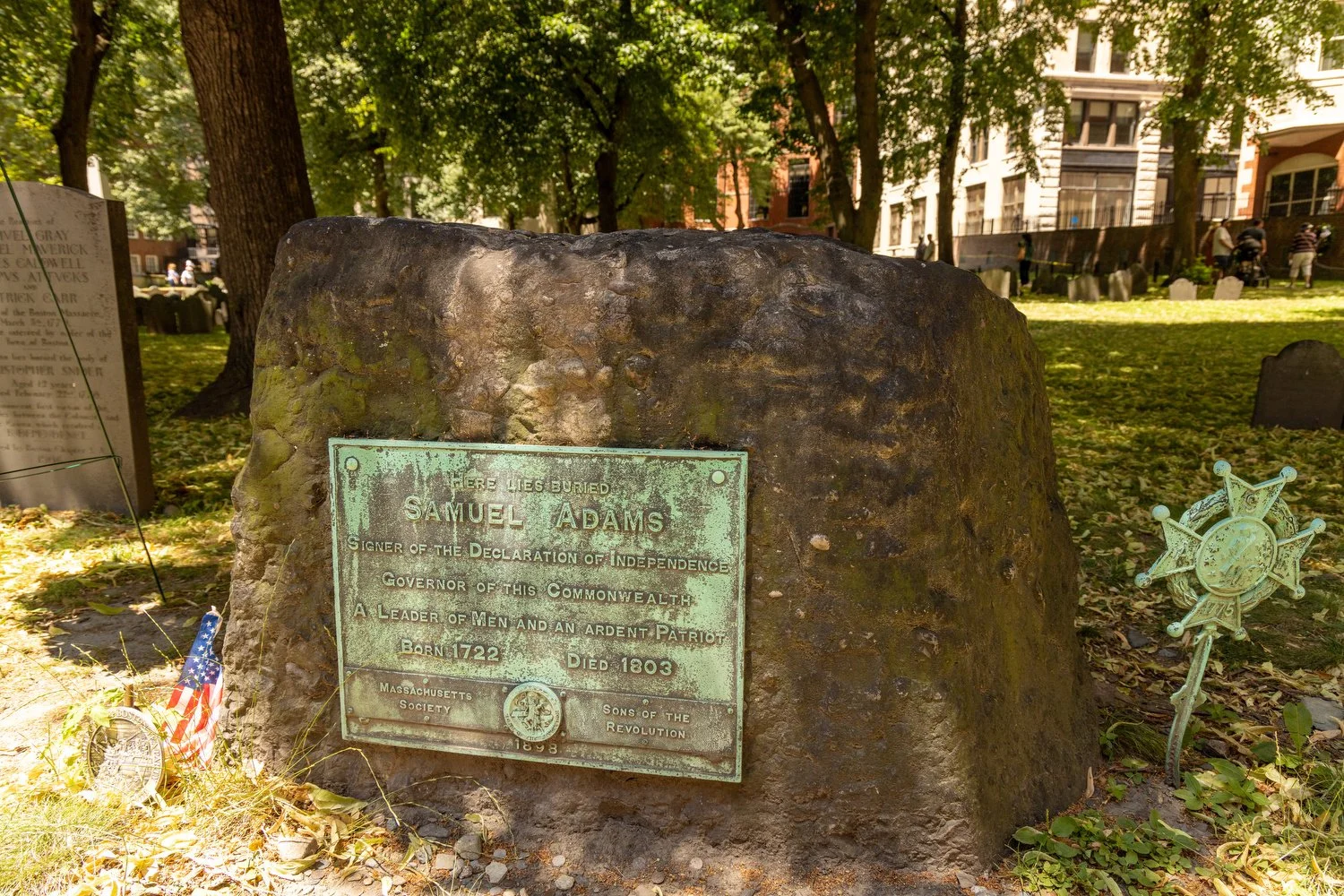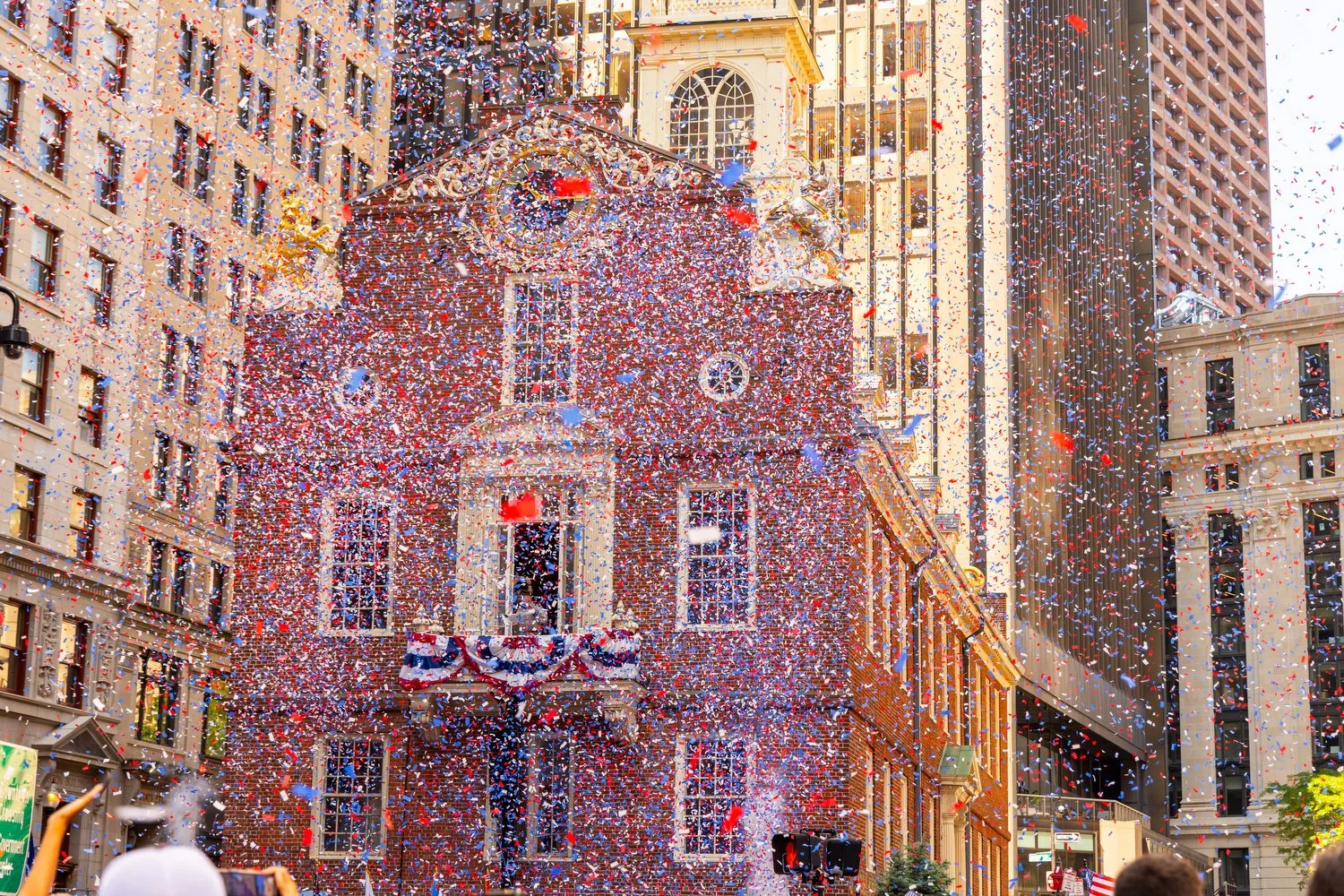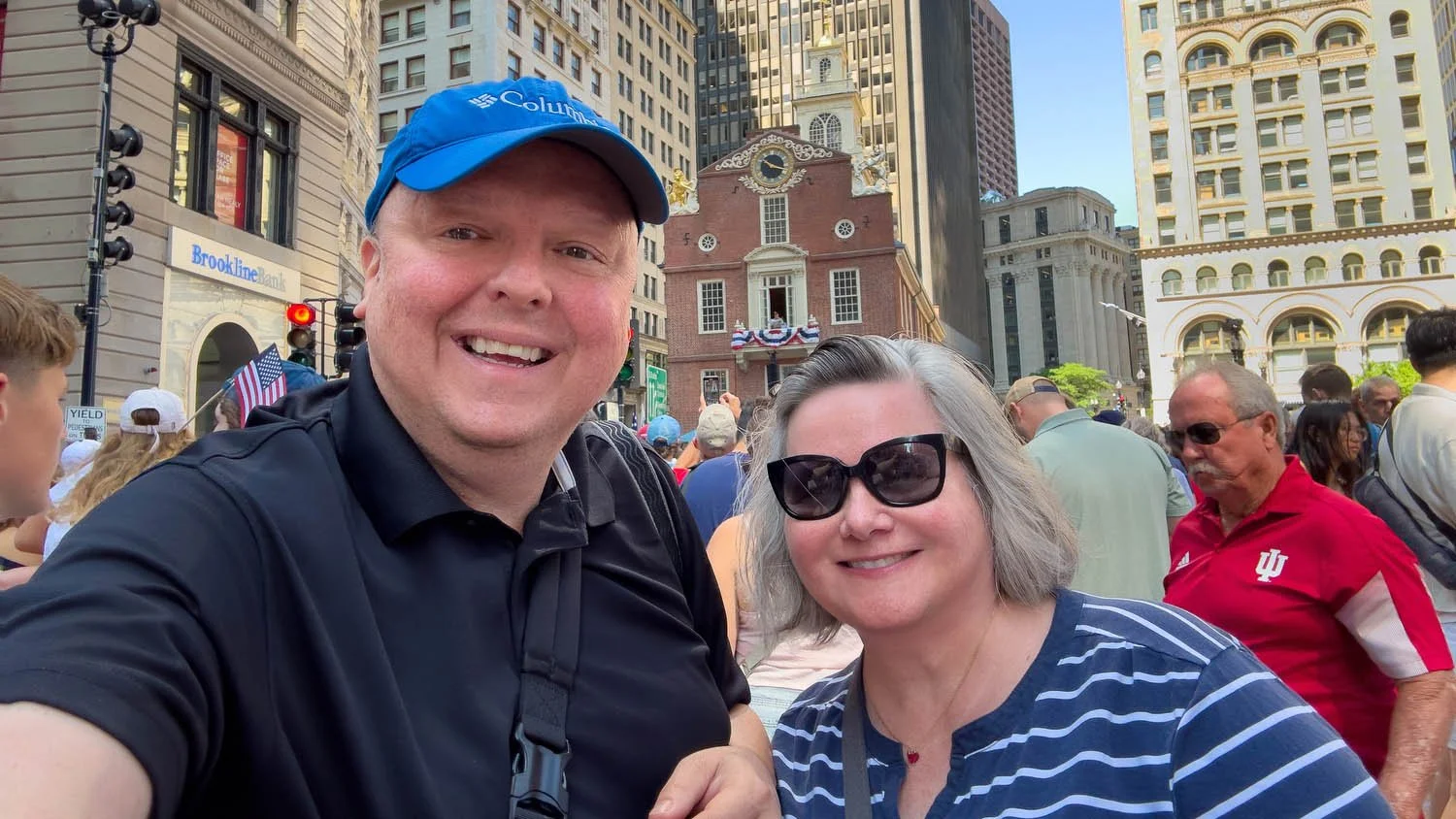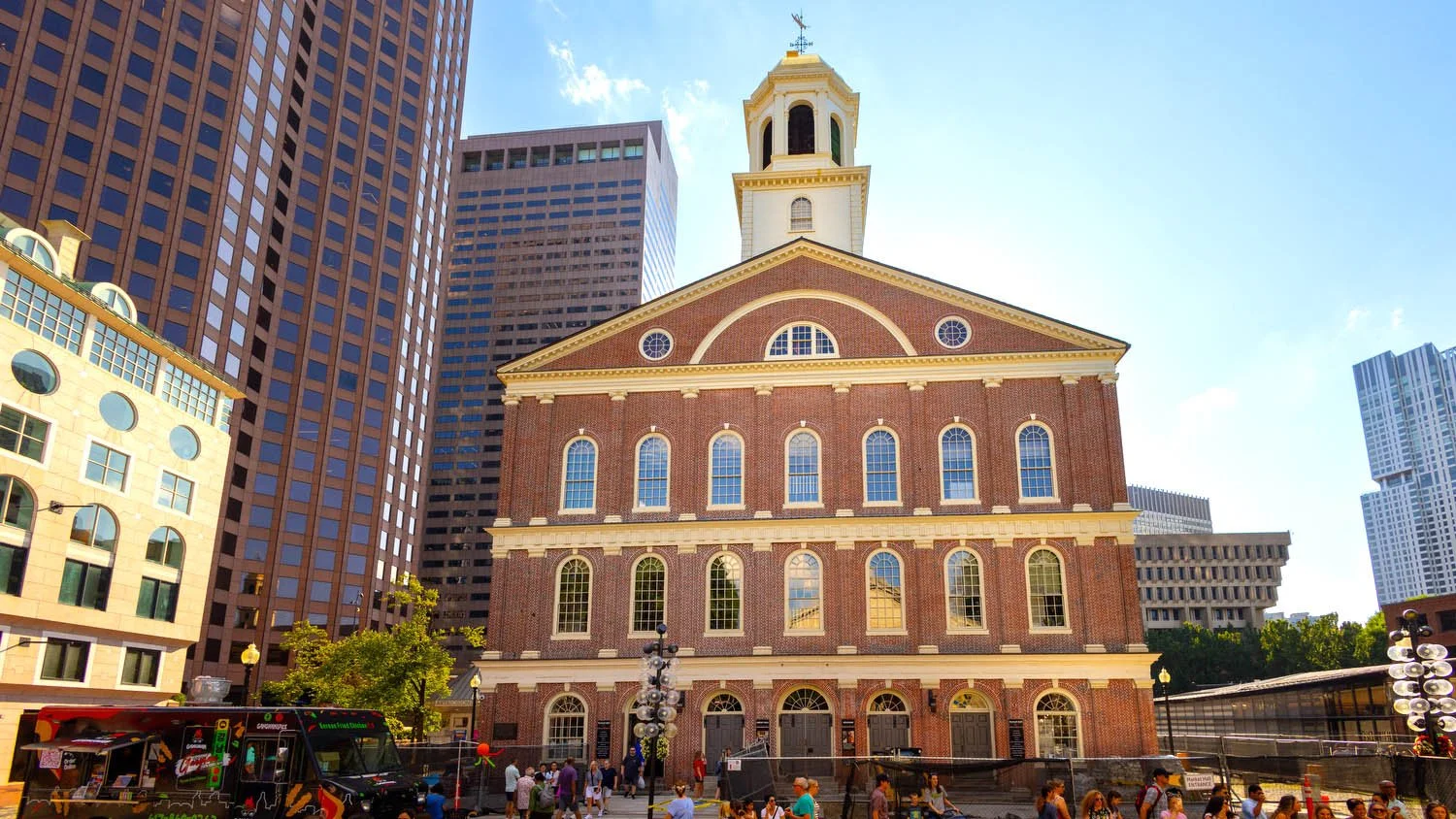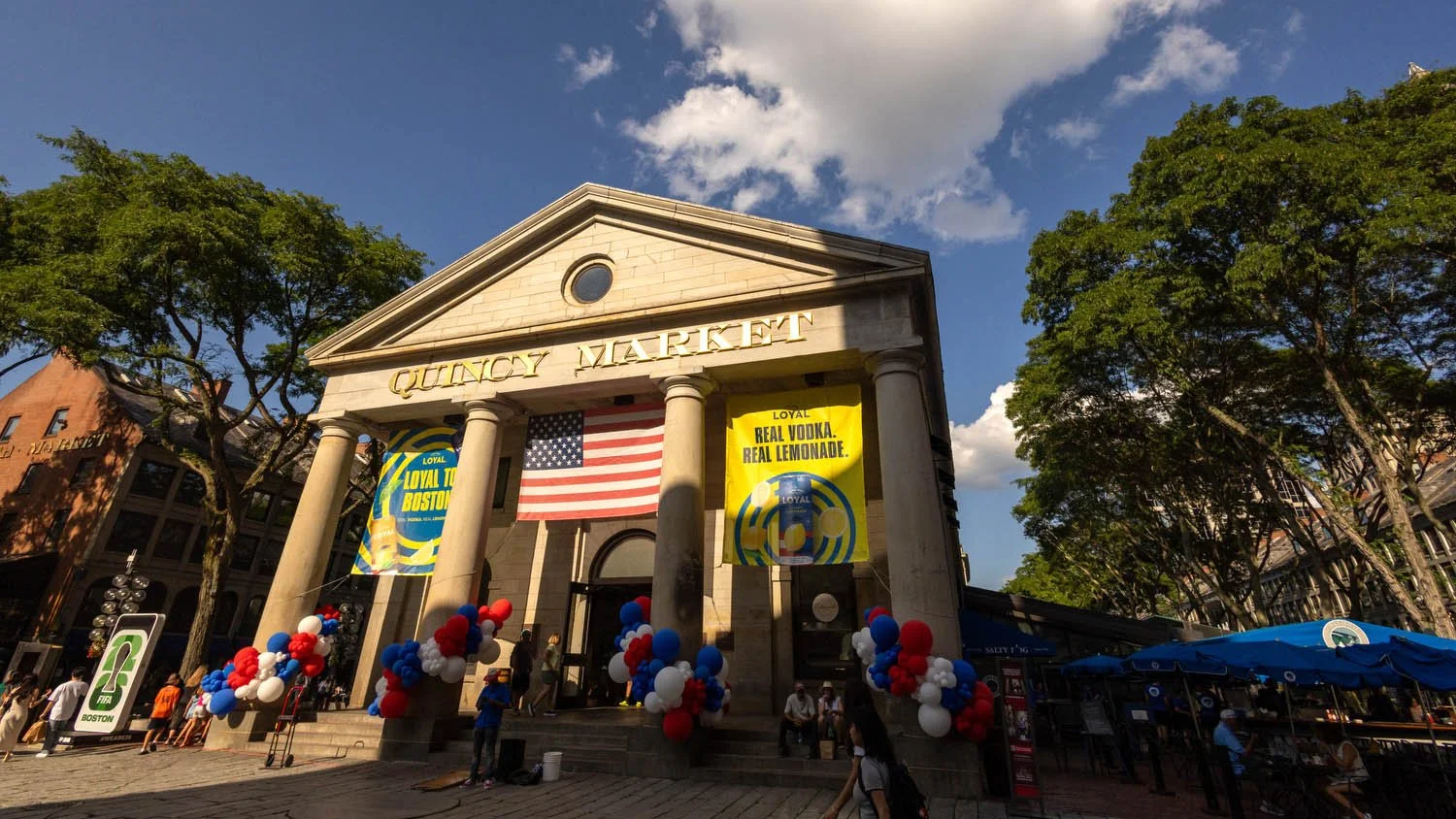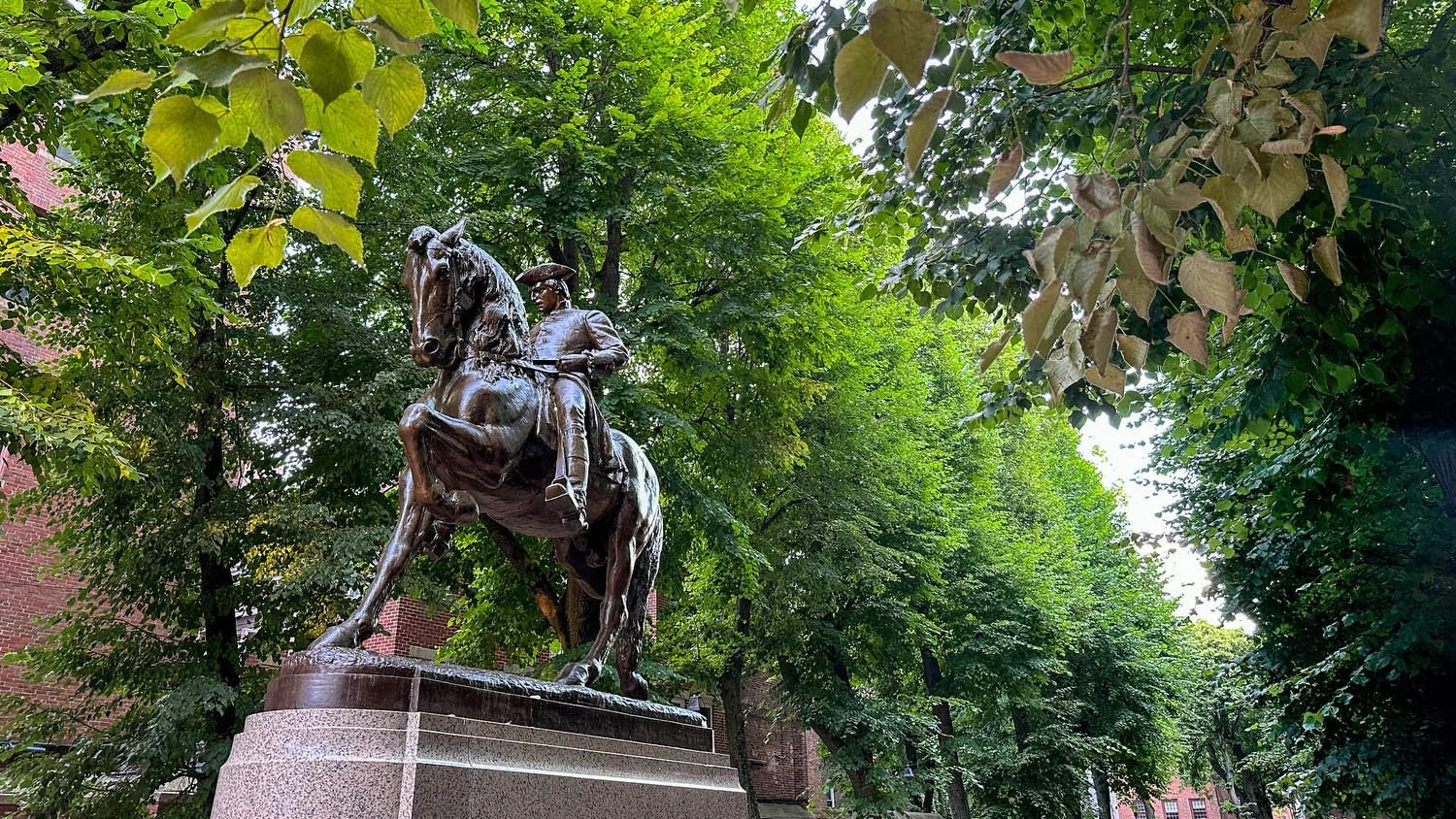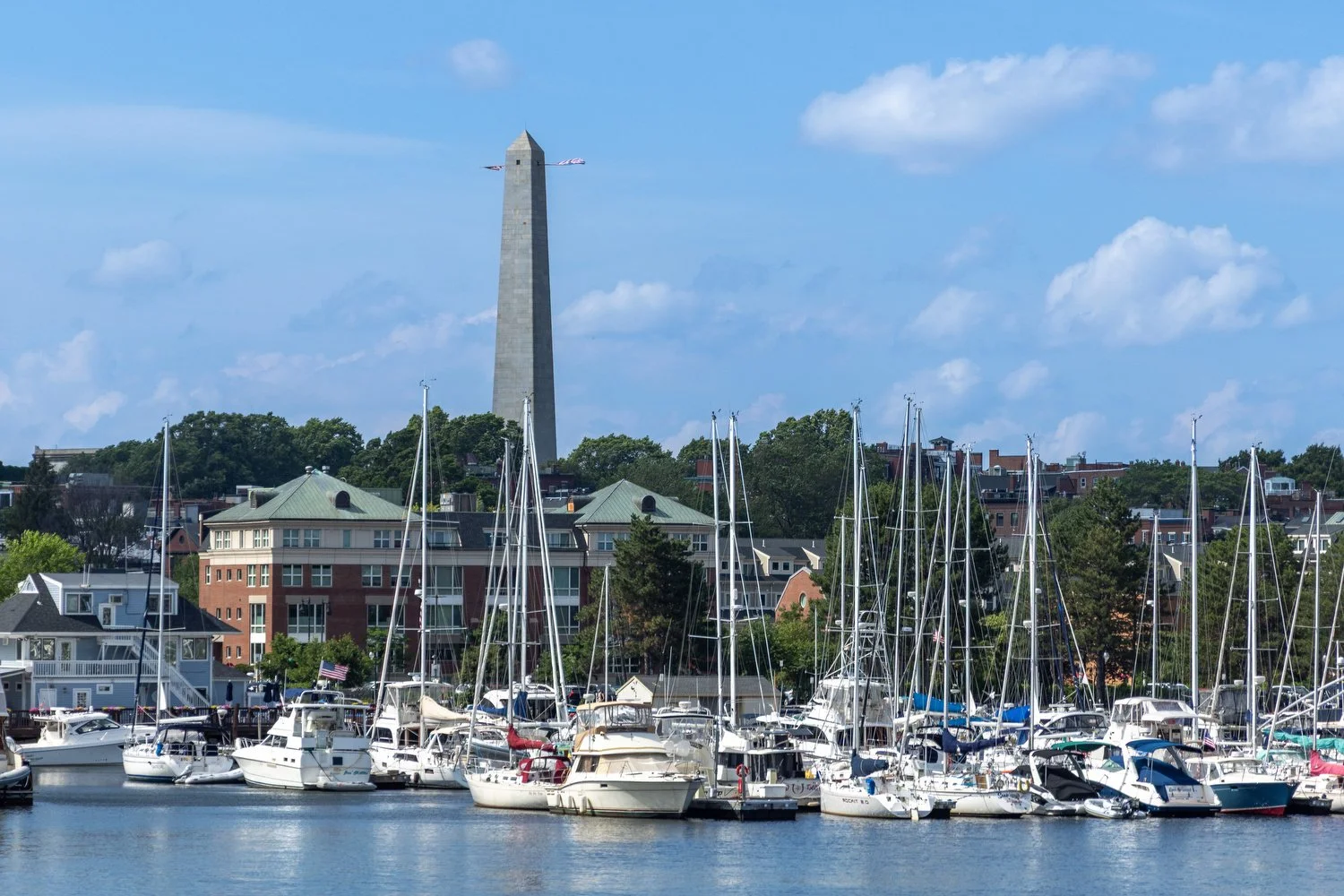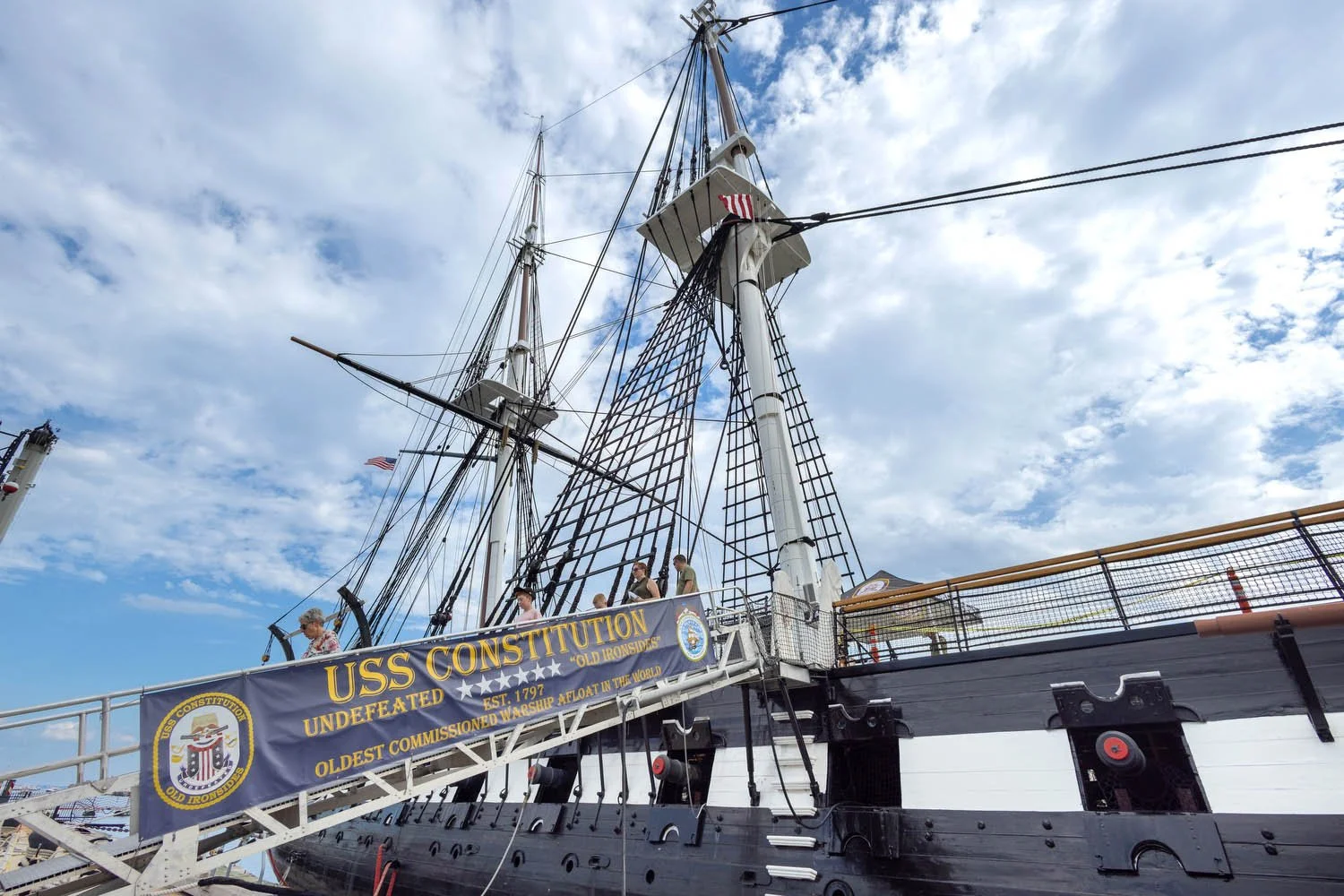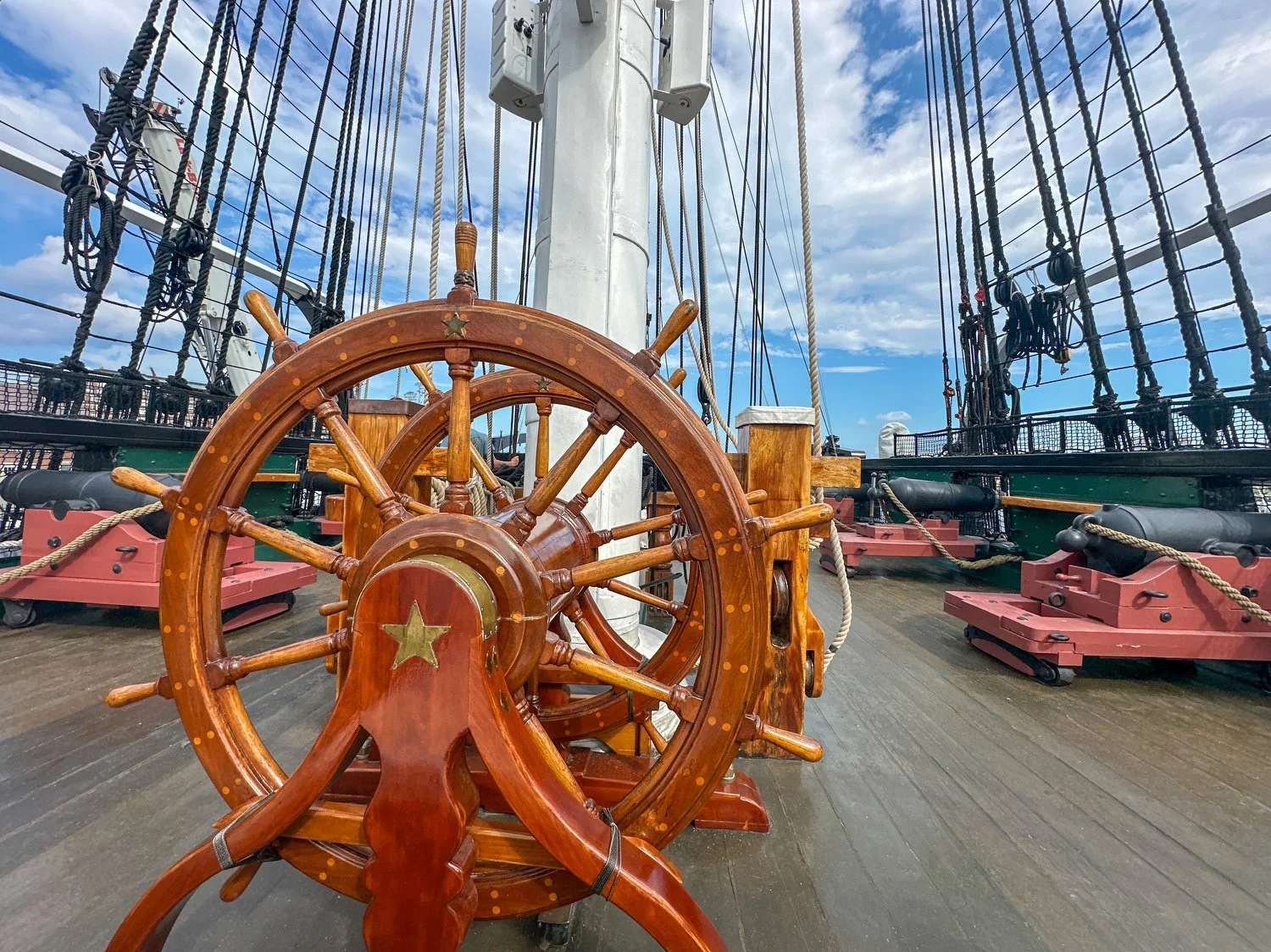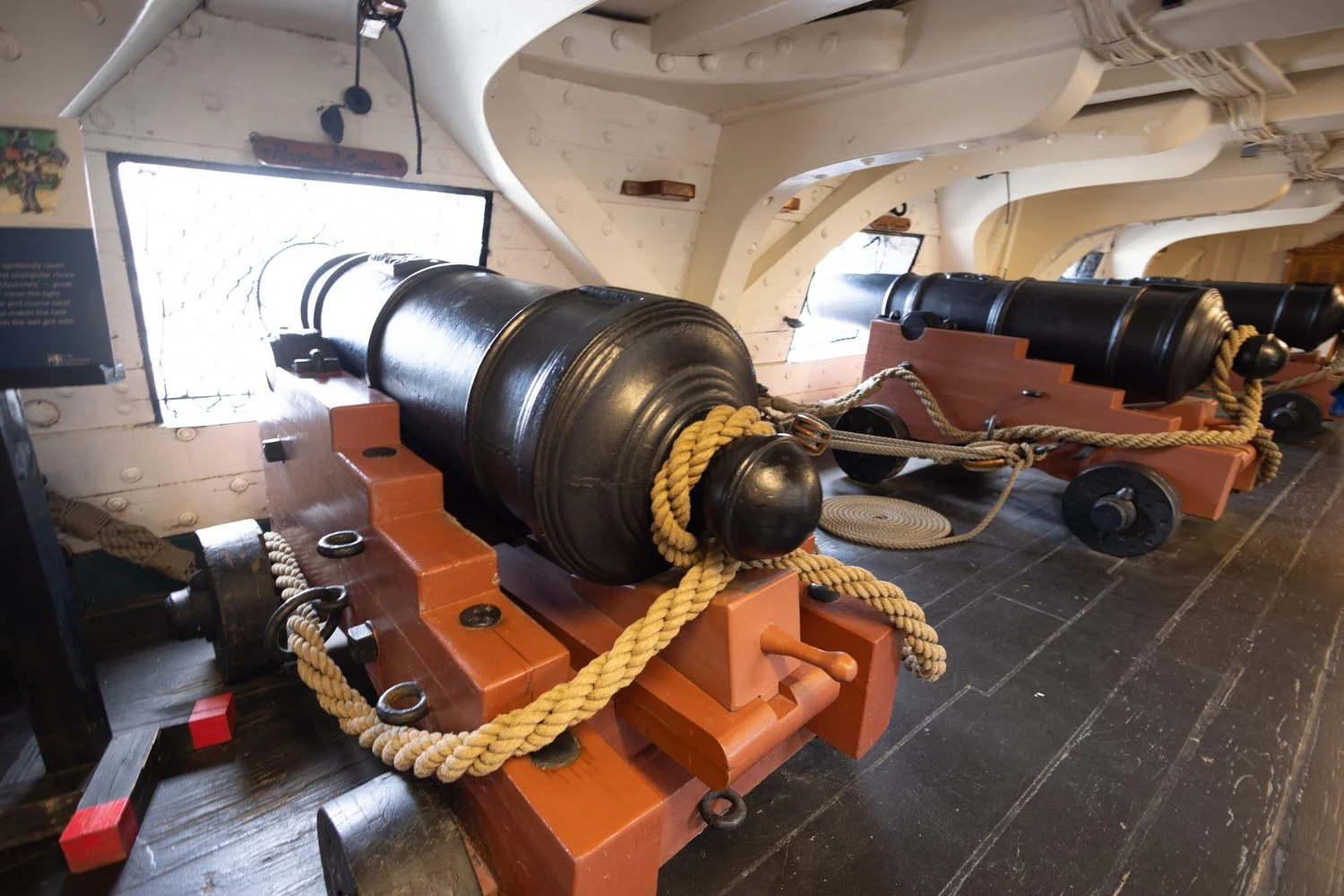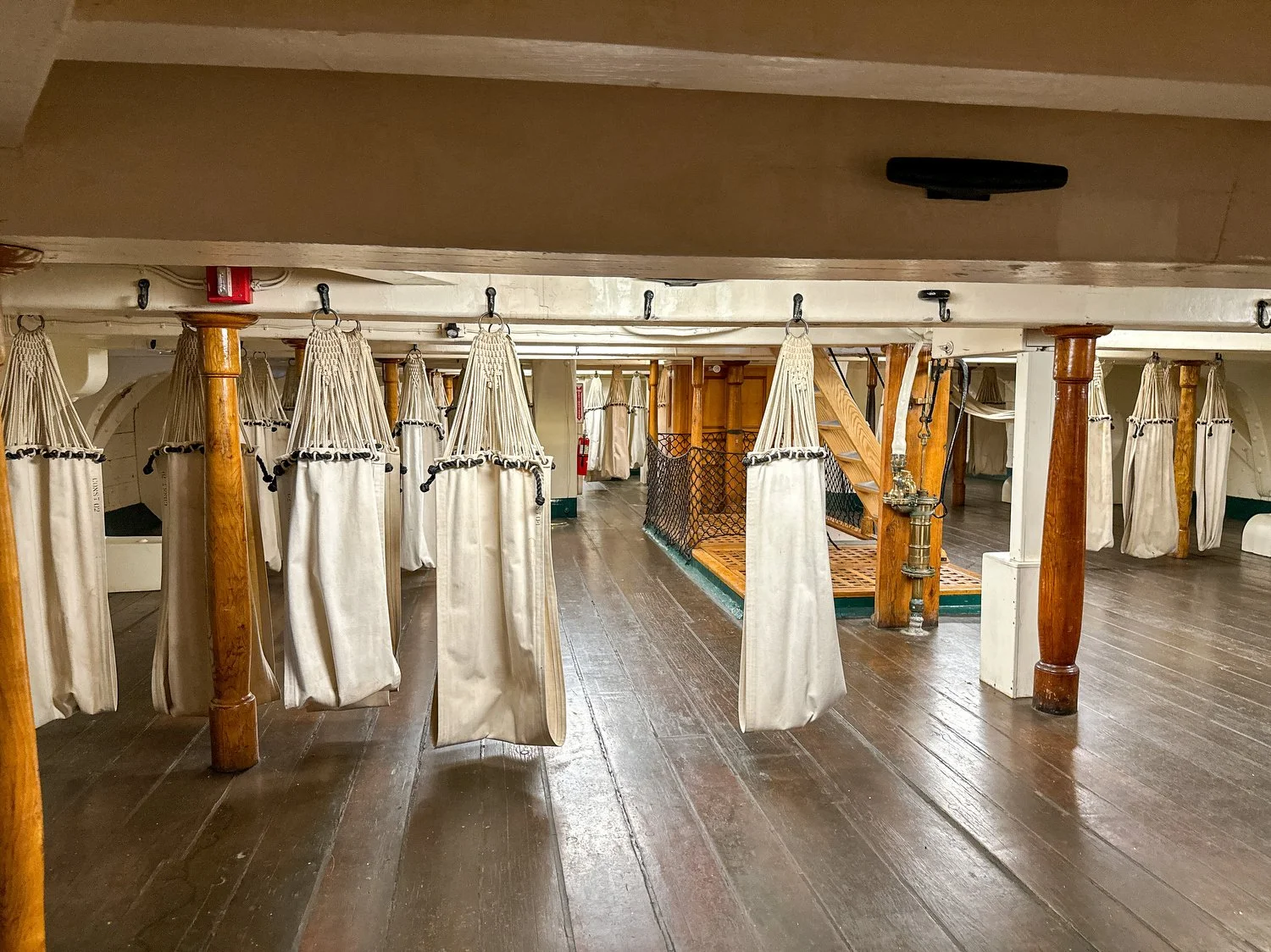How to explore Boston's Freedom Trail
The Old North Church surrounded by the narrow streets of Boston’s North End.
I have been visiting Boston and walking the Freedom Trail since I was a kid. Seeing the sites that were pivotal in the founding of the United States never gets old.
Downtown Boston is very walkable, and at the time of the Revolutionary War, it was even smaller.
In 1951, journalist William Schofield noted that tourists were having a hard time finding some of Boston’s attractions. The Boston Mayor agreed, and by 1953, visitors were following the Freedom Trail.
Today, the Freedom Trail is a collection of public and private sites linked together by the famous red brick trail.
Most of the sites are free, although the Old South Meeting House, the Old State House, and the Paul Revere House charge admission.
The trail is run by a collection of entities, including the Freedom Trail Foundation and the National Park Service.
I’d recommend downloading the National Park Service app. Not only do they have a great map and audio guide for the Freedom Trail, but they have fantastic info on all National Parks and attractions operated by the National Park Service.
While you certainly can follow the trail from its start on the Boston Common to the end at Bunker Hill, I recommend looking at it by sections. And there is no reason why you have to stop at each location.
You could easily do the central Boston parts on one day and the North End and Charlestown attractions another day.
Walking the Freedom Trail couldn’t be easier, just follow the red brick path.
If you want to follow it as a path for a one-day adventure, then I’d suggest stopping for lunch at Quincy Market, next to Faneuil Hall, and timing the end of your day so you can get dinner in the North End.
If you want to split it up over two days, then you could visit the New England Aquarium or the Boston Tea Party ship during the afternoon of your first day.
They are both a short walk from Faneuil Hall.
The Boston Tea Party Museum is an attraction that many think should be part of the Freedom Trail since the incident played a crucial role in leading to America’s Independence.
We first visited when our son was young, and it was fun to actually “dump the tea into the sea” on a replica of the actual ships.
On our most recent visit, we enjoyed a two-person play featuring actors reading the letters of John and Abigail Adams.
Surprisingly, the Boston Tea Party Museum is not on the Freedom Trail. It’s located nearby and a worthy stop, especially if you have kids or are just young at heart.
Highlights of the Freedom Trail
Below are what I’d consider the most interesting stops on the Freedom Trail.
The Boston Common
The Swan Boats at the Public Garden adjacent to the Boston Common.
Located in the heart of Boston, it’s considered the oldest public park in the United States.
The Boston Common and the adjacent Public Garden are lovely spots to relax.
On our most recent trip, we grabbed lunch from a restaurant on nearby Charles Street in the Beacon Hill section and sat on a park bench for an hour or so.
There is a very convenient parking garage under the Boston Common. I would not leave valuables in the car since thieves know tourists park there.
The State House
The golden dome of the Massachusetts State House.
The “new” State House (we’ll visit the Old State House later), with its giant golden dome, has towered over the Boston Common since 1798.
The building has both self-guided and guided tours. The free guided tours are given weekdays year-round from 10 a.m. to 3:30 p.m.
While I have never visited inside, I don't think I’ve ever visited Boston without at least one photo of the giant gold dome.
The photogenic Acorn Street in the Beacon Hill section.
If you climb up the hill to visit the State House, you might want to combine the visit with a stroll through the iconic Beacon Hill area behind the building.
The area features narrow cobblestone streets and gas-powered street lights.
The famous Acorn Street has been featured in photos for generations, and now attracts Instagrammers from all over.
Granary Burying Ground
A guide leads a tour through Granary Burying Ground.
Just a very short walk from the Boston Common is Granary Burying Ground.
The small cemetery is the final resting spot for many of the major players of the American Revolution.
You can see the graves of John Hancock, Paul Revere, Sam Adams, and the victims of the Boston Massacre.
There are maps and signage around the paths that help give insight into the burying grounds' history.
The Old State House
A few stops on the Freedom Train after Granary Burying Ground is another major site - The Old State House
The Old State House, built in 1713, is the oldest surviving public building in Boston.
A notable feature on the outside is the seven-foot-tall wooden figures depicting a lion and unicorn, symbols of the British monarchy.
Confetti is released after the reading of the Declaration of Independence at the Old State House on July 4th.
The building has served in many roles over the years, but most notably, it was the spot where the Declaration of Independence was first read to the citizens of Boston.
This year, on July 4th, we had the opportunity to witness the 249th reading of the Declaration from the same window.
On July 11, 1976, Queen Elizabeth II stood on the same balcony and delivered a speech.
This is one of the few sites on the Freedom Trail that requires an entry fee. A ticket is $15 for adults, $14 for seniors, and $8 for kids.
The ticket will also get you entry to the Old South Meeting House.
Debbie and John wait for the reading of the Declaration of Independence at the Old State House.
Boston Massacre Site
Directly outside the Old State House is a marker depicting the site of the Boston Massacre.
In March of 1770, tensions with the British Army were escalating.
A clash outside the building led to five civilians being killed by British gunfire - Crispus Attucks, Samuel Gray, James Caldwell, Samuel Maverick, and Patrick Carr.
After the incident, the British Army was forced to leave Boston for several years.
Faneuil Hall
If there is such a thing as ground zero for Boston tourism, then the Faneuil Hall / Quincy Market area is it.
It was at Faneuil Hall that Americans first protested against the Stamp Act and the Sugar Act, setting the table for the "no taxation without representation" slogan.
The building’s history of Revolutionary era protests has led to women's suffragists, abolitionists, and labor union organizers to use the building to meet and debate in subsequent years.
Today, the building is operated by the National Park Service.
On previous visits, we’ve enjoyed "The Destruction of the Tea" Town Meeting. A program led by actors in Revolutionary dress, acting out the issues that led to the Boston Tea Party.
Members of the audience are given parts with their lines written on index cards.
It’s not only informative but also great fun.
Note - we visited again in July 2025, and the main meeting room was closed for repairs.
The ground floor with a gift shop and exhibits was open.
If you have followed all the stops so far on the Freedom Trail, it’s probably around lunchtime.
Note - This blog post contains affiliate links. If we recommend a product, activity, or hotel, we might receive a small commission if you buy or book from these links. This is done at no additional cost to you. We only recommend products we have personally used or have thoroughly researched.
Adjacent to Faneuil Hall is Quincy Market, the huge market has been serving Boston since 1826.
Today, it houses a huge selection of food stalls.
While a true foodie might say you can find better cuisine elsewhere, there is a wide variety of options, many pretty good, and it’s very convenient.
At this point, you could continue on the Freedom Trail or leave the remainder for another day and check out other attractions during the afternoon.
The New England Aquarium is about a 5-minute walk away. The large aquarium attracts over 1 million guests annually. Tickets are $44 for adults and $35 for kids.
There are also whale watching tours that leave from the docks near the Aquarium.
The Boston Tea Party Museum, which I mentioned earlier, is also a short walk away.
Paul Revere House
After Faneuil Hall, the next stop is Paul Revere’s House.
One of the most interesting aspects of the house is how normal it looks. You’d walk right by if you didn’t know its famous history.
It’s a modest house given Revere’s stature. But that means that it gives you a very good look into what life was like at the time.
Admission is $6 for adults and $1 for children.
The Old North Church
A statue of Paul Revere along the Freedom Trail near the Old North Church.
It’s hard to find many buildings more critical in America’s battle for independence than Christ Church, commonly known as the Old North Church.
On the evening of April 18, 1775, British soldiers headed toward Lexington and Concord to seize American weapons.
Paul Revere’s ride to warn area militias was made famous in Henry Wadsworth Longfellow’s poem, “Paul Revere’s Ride”. The “One if by land, two if by sea” lanterns in the church steeple sealed the Old North Church’s place in history.
The church offers various ticket options, from general admission to tours of the actual bell tower.
Online tickets are available here.
Bunker Hill Monument
The Bunker Hill Monument seen from across the Charles River.
The next major stop is across the Charles River at the Bunker Hill Monument.
I hate to admit it, but I’ve never actually made it up the hill to the Bunker Hill Monument. During every visit, we were just too tired.
Luckily, we can easily see the monument from the area around the USS Constitution and across the Charles River.
USS Constitution
I wish I could find the photo of me as a little kid with the Captain, dressed in a Colonial era uniform.
Today, the crew doesn’t dress in colonial clothing, but they are active duty sailors who are happy to answer questions.
The USS Constitution is the world's oldest commissioned warship afloat and still part of the U.S. Navy.
The visit is free and certainly worth the trip across the river.
When launched in 1797, the ship had a crew of 450 and 54 guns.
The ship earned its nickname "Old Ironsides" during the War of 1812, due to its thick hull, which seemed to withstand cannon fire.
Today, you can tour the top deck and take a close look at the cannon and rigging. If you are nimble, you can climb down a ladder and see what life was like below deck.
While it’s free to visit the ship, there is also an adjacent museum that costs $15.
That’s it, you are done with the Freedom Train. Now it’s time to go get some great Italian food in the nearby North End.
Here are some of our YouTube videos from Boston:
Some well-reviewed Boston tours:
Note - This blog post contains affiliate links. If we recommend a product, activity, or hotel, we might receive a small commission if you buy or book from these links. This is done at no additional cost to you. We only recommend products we have personally used or have thoroughly researched.

